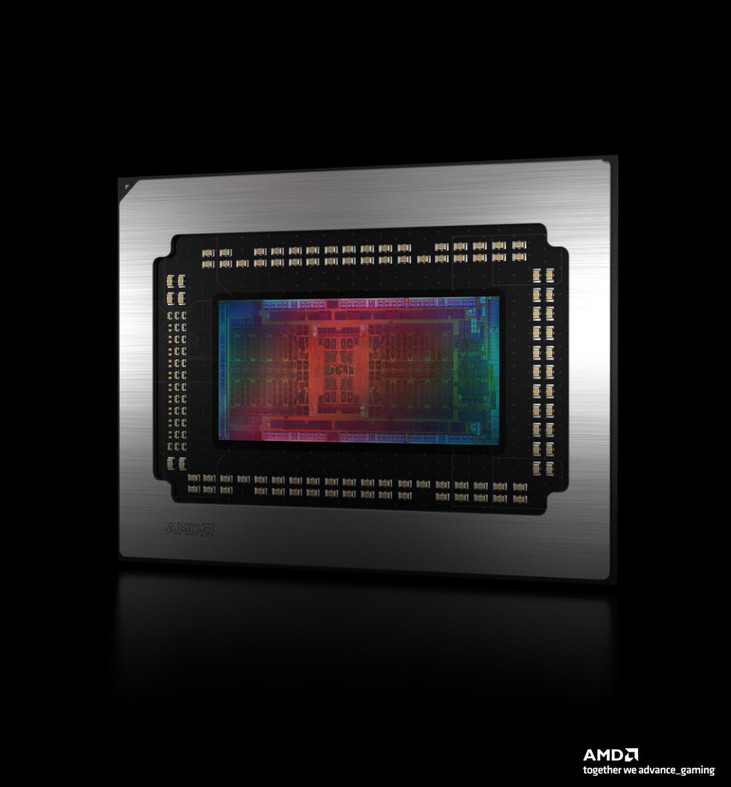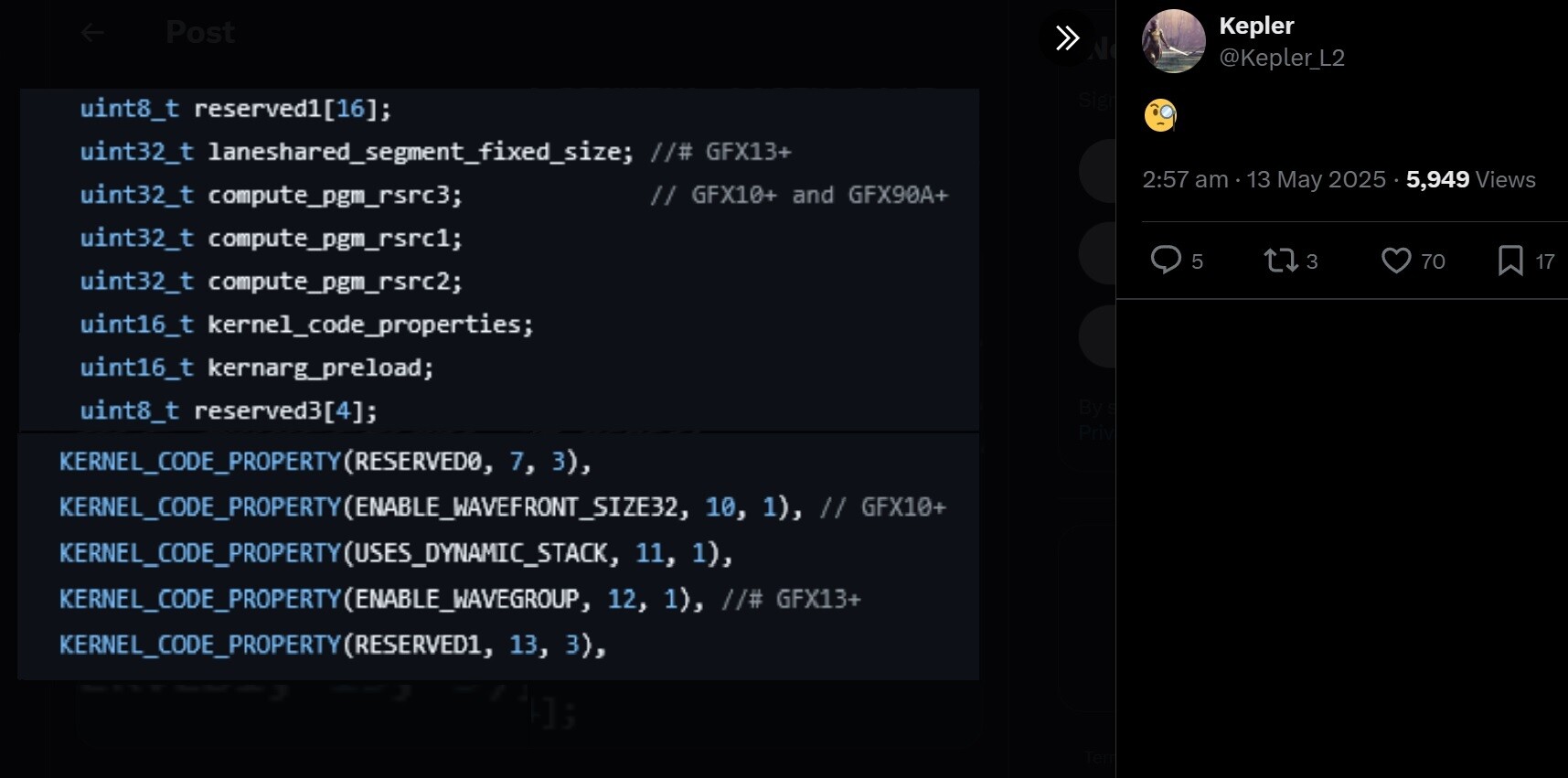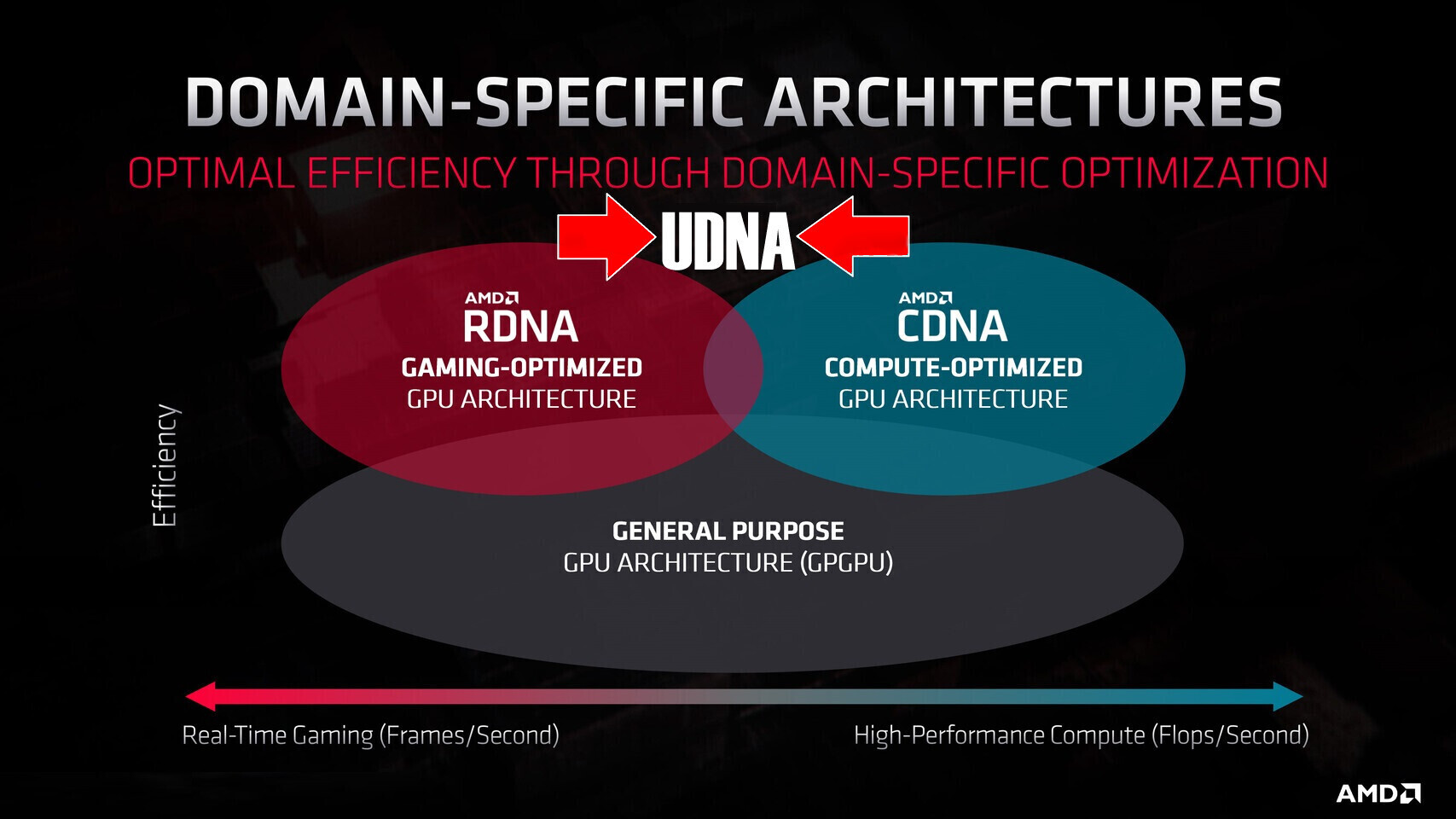As we approach the beginning of 2025, Kepler L2 has shared insider information about the upcoming "PlayStation 6." Known for leaking details about AMD's operations, Kepler L2 suggested that Sony's next-gen console is built on an early version of the "GFX13" GPU architecture. Recently, the "GFX13+" target identifier has resurfaced in kernel-level codebase updates. Data miners often uncover interesting details from official repositories, as AMD's software engineering team's open-source projects are easily accessible. Over a year ago, similar investigations linked the "GFX12" IP to RDNA 4, now recognized as the Radeon RX 9000 graphics card series. Despite AMD's focus on RDNA 4 for desktop platforms, leaked information suggests the existence of discrete mobile variants. Additionally, RDNA 3.5 appears to be a key component for future generations of integrated graphics solutions.
Looking ahead to the future of graphics architectures, AMD has hinted at a "unified" approach. Last September, they announced the integration of RDNA (gaming) and CDNA (enterprise) GPU technologies under the name "UDNA." Recent leaks mention a potential "RDNA 5" line (also referred to as "Navi 5x"), alongside discussions about "UDNA." Kepler L2 noted the presence of "ENABLE_WAVEFRONT" and "ENABLE_WAVEGROUP" kernel code properties, suggesting a connection to SWC (Streaming Wave Coalescer/pseudo out-of-order execution). This technology aims to improve efficiency by reordering work items within each wave. Rumors indicate that the future RDNA 5/UDNA architecture could compete in the high-end gaming card market. Currently, RDNA 4 is represented by the Navi 48 GPU-powered Radeon 9070 XT models.



